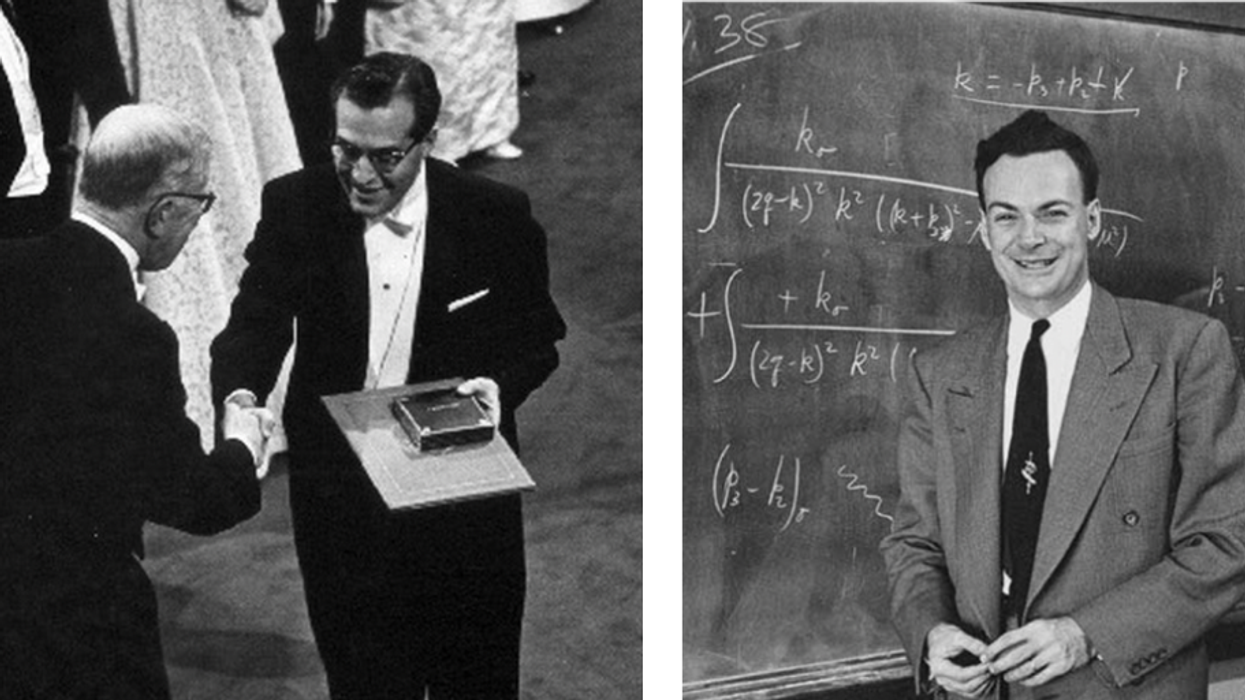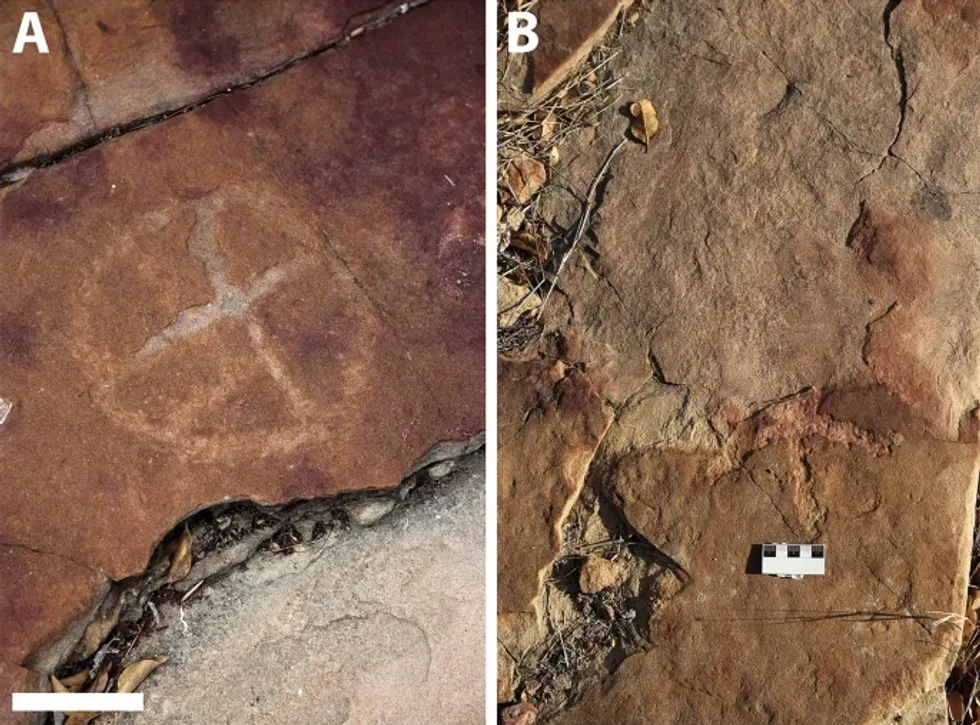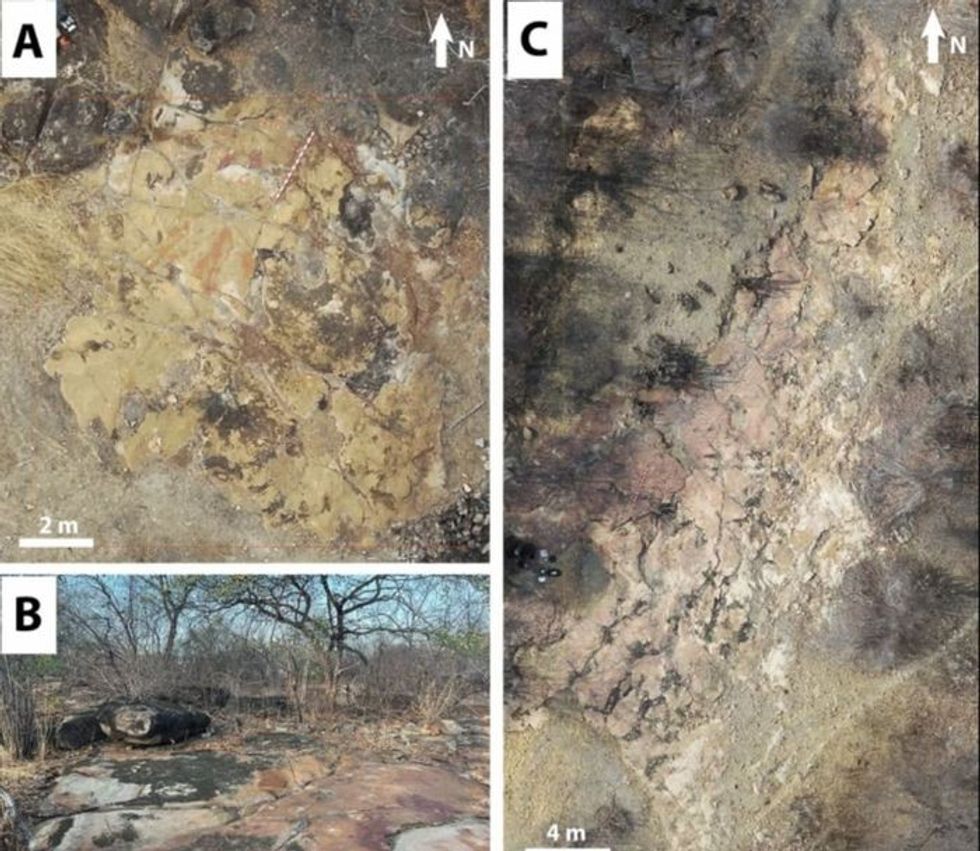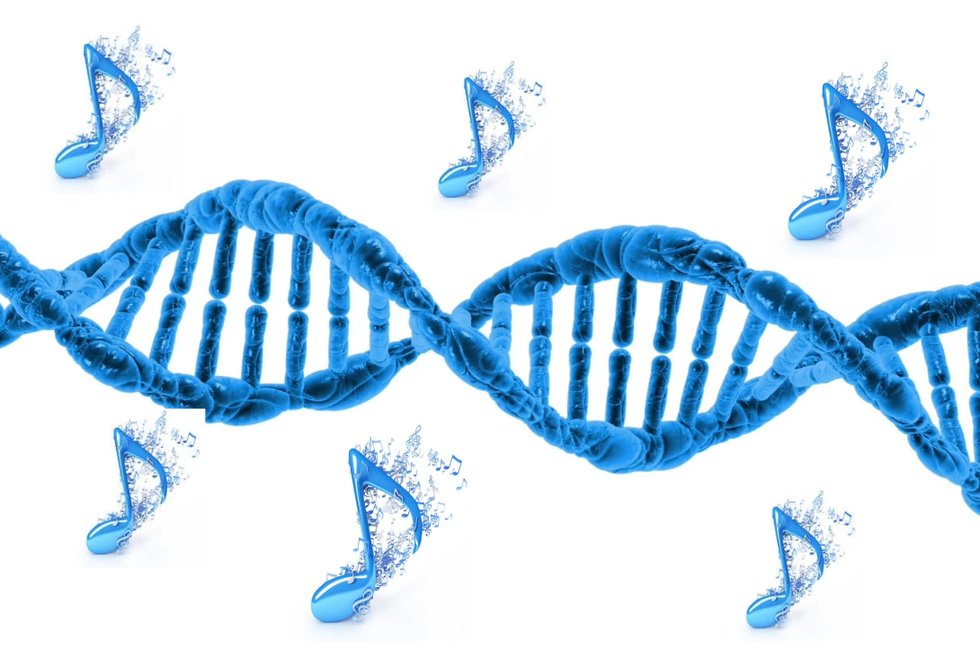The Judean date palm was once common in ancient Judea. The tree itself was a source of shelter, its fruit was ubiquitous in food, and its likeness was even engraved on money. But the plant became extinct around 500 A.D., and the prevalent palm was no more. But the plant is getting a second chance at life in the new millennium after researchers were able to resurrect ancient seeds.
Two thousand-year-old seeds were discovered inside a pottery jar during an archaeological excavation of Masada, a historic mountain fortress in southern Israel. It is believed the seeds were produced between 155 B.C. and 64 A.D. Those seeds sat inside a researcher's drawer in Tel Aviv for years, not doing anything.
Elaine Solowey, the Director of the Arava Institute for Environmental Studies at Kibbutz Ketura in Israel, wondered if she could revive the Judean Date Palm, so in 2005, she began to experiment. "I assumed the food in the seed would be no good after all that time. How could it be?" Solewey said.
RELATED: Historic 3,000-year-old olive tree still producing olives to this day
Solowey soaked the seeds in water, followed by a bath in an enzymatic fertilizer, then planted three of the seeds. One of the seeds sprouted, and has grown into a thriving plant lovingly dubbed Methuselah. Methuselah is the oldest verified human-assisted germination of a seed. "It is pretty clear that Methuselah is a western date from North Africa rather than from Iraq, Iran, Babylon," she told National Geographic. "You can't confirm a legend, of course."
As of May 2015, the palm has grown to 9.8 feet tall. The tree is male, so it is unable to grow fruit, but it has been producing pollen and even offspring. "He is a big boy now," Solowey said."He is over three meters [ten feet] tall, he's got a few offshoots, he has flowers, and his pollen is good. We pollinated a female with his pollen, a wild [modern] female, and yeah, he can make dates," she said.
This isn't the only time Solowey brought back an ancient plant. She has been able to revive other date palms from seeds that had been collected from archaeological sites around the Dead Sea. "I'm trying to figure out how to plant an ancient date grove," she says.
RELATED: Nonprofit plants its 250 millionth tree in order to help heal the planet
Legend has it that the Judean date palm has medical properties not found in modern dates. "The Judean date was used for all kinds of things from fertility, to aphrodisiacs, against infections, against tumors," Sarah Sallon, the head of the projectsaid. "This is all part of the folk story." But how do they taste?
This might be the closest we'll ever get to going back in time to taste what our ancestors ate. It's like stepping into a time machine without the time machine.















 Rock deterioration has damaged some of the inscriptions, but they remain visible. Renan Rodrigues Chandu and Pedro Arcanjo José Feitosa, and the Casa Grande boys
Rock deterioration has damaged some of the inscriptions, but they remain visible. Renan Rodrigues Chandu and Pedro Arcanjo José Feitosa, and the Casa Grande boys The Serrote do Letreiro site continues to provide rich insights into ancient life.
The Serrote do Letreiro site continues to provide rich insights into ancient life.




 Music isn't just good for social bonding.Photo credit: Canva
Music isn't just good for social bonding.Photo credit: Canva Our genes may influence our love of music more than we realize.Photo credit: Canva
Our genes may influence our love of music more than we realize.Photo credit: Canva
 Great White Sharks GIF by Shark Week
Great White Sharks GIF by Shark Week

 Blue Ghost Mission 1 - Sunset Panorama GlowPhoto credit:
Blue Ghost Mission 1 - Sunset Panorama GlowPhoto credit: